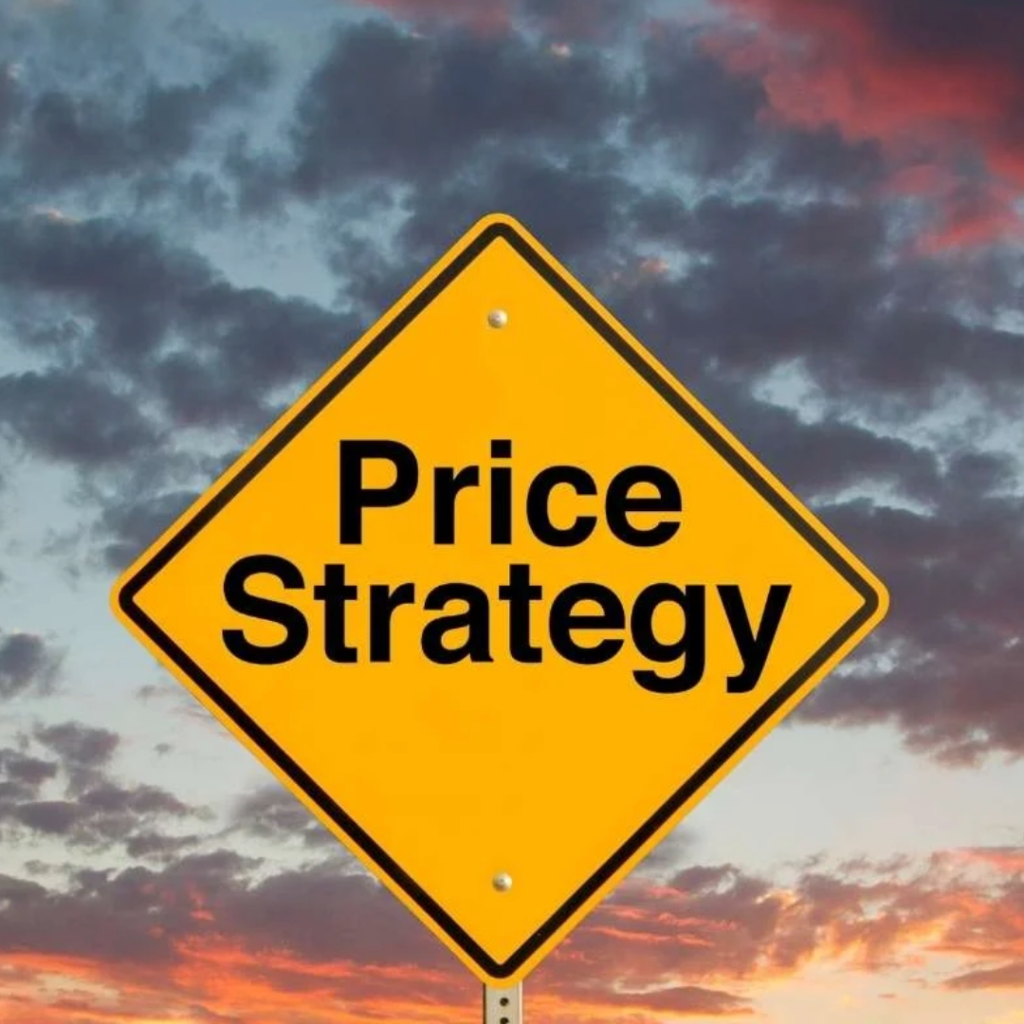Subscription Pricing Overhaul for a MediaTech SaaS Provider
In today’s rapidly evolving media-technology landscape, subscription pricing is one of the most powerful levers for driving profitable growth. Yet many SaaS providers struggle to translate innovative features into clear, value‐based offers. This success case illustrates how our consulting team partnered with a leading media‐tech SaaS provider to redesign their pricing and packaging, unlocking new revenue streams, reducing churn, and embedding a culture of pricing excellence.
Client Profile
• Industry: Media‐technology SaaS—video‐streaming analytics and audience insights
• Customer Base: OTT platforms, broadcasters, and digital publishers in mid-market and Enterprise segments
• Annual Recurring Revenue (ARR): ~$50 million
• Employees: ~200 globally
The Challenge
Despite rapid feature innovation and strong product‐market fit, the Client faced three interrelated issues:
- Stagnant ARPU growth: New analytics modules weren’t translating into higher subscription revenues.
- Elevated churn (~18% annualized): Mid‐market and Enterprise accounts were switching to competitors or downgrading.
- Packaging confusion: Customers were unclear which bundle aligned to their needs, leading to discounting and missed upsell opportunities.
Without robust value metrics or willingness-to-pay data, leadership lacked confidence in any meaningful pricing change—and risked further revenue leakage if they guessed wrong.
The Solution
Applying a holistic B2B pricing approach—spanning pricing strategy, price setting, price getting, operating model, and analytical capabilities—we delivered a new subscription framework anchored in value‐based principles:
• Value Metric Definition: Shifted from flat-fee bundles to tiered packages based on usage (viewer-hours), advanced analytics modules, and service levels.
• Tiered Packaging: Introduced three core plans—Standard, Pro, Enterprise—each aligned to specific customer segments and willingness to pay.
• À-la-carte Add-Ons: Unbundled premium analytics features into optional modules to drive upsell and reduce sticker shock.
• Pricing Governance: Designed decision‐rights, approval workflows, and discount guidelines to ensure fast, consistent price execution.
Implementation Process
Over a 12-week engagement, the Pricing Project Team Lead guided a four-person, cross-functional team through five key phases:
- Discovery & Diagnosis
• Internal Data Analysis: Mined usage logs, revenue trends, and churn patterns across 10,000 accounts.
• Elasticity Modeling: Built predictive models to estimate revenue and retention impact at alternative price points. - Market & Customer Research
• Conjoint Study (n=500): Quantified feature-level willingness to pay across segments.
• Qualitative Interviews: Conducted 20 buyer interviews, 15 deep-dives with current customers, and facilitated 5 sales workshops to validate value drivers and packaging preferences. - Strategy & Design
• Pricing Architecture: Mapped features to value drivers and established price bands for each tier.
• Financial Impact Modeling: Forecasted ARR uplift, margin expansion, and net revenue retention improvements under multiple scenarios. - Pilot & Validation
• Controlled Roll-out: Ran a 150-account pilot in the mid-market segment to test pricing assumptions.
• Iterative Refinement: Collected feedback on customer acceptance, deal cycle length, and discount behavior; fine‐tuned tier definitions and add‐on pricing. - Roll-out & Change Management
• Implementation Playbook: Developed detailed roadmaps, stakeholder communications, and training materials for sales and customer-success teams.
• Executive Presentation: Delivered a data-driven business case to the CMO/CEO, securing buy-in for full scale deployment.
Results
Within six months post‐launch, the Client realized:
• 15% increase in ARPU, driven by stronger package alignment and upsell of premium modules
• 8-point reduction in annualized churn (from 18% to 10%) in the mid-market segment
• $3 million incremental ARR added in Q4 of the first year
• 40% higher adoption of the Enterprise tier, lifting net revenue retention by 12 points
• Standardized pricing framework adopted for all future feature launches, reducing time-to-market for new offerings by 30%
By embedding a value‐based pricing discipline—underpinned by rigorous market research, analytics, and change management—the Client transformed pricing from an ad-hoc decision to a competitive advantage. The new model not only captured the true value of their differentiated analytics but also equipped their commercial teams with the tools and processes to sustain long‐term profitable growth. Following this success, the Client extended our engagement to apply the framework to international markets and to build in-house pricing capabilities for future scalability.







